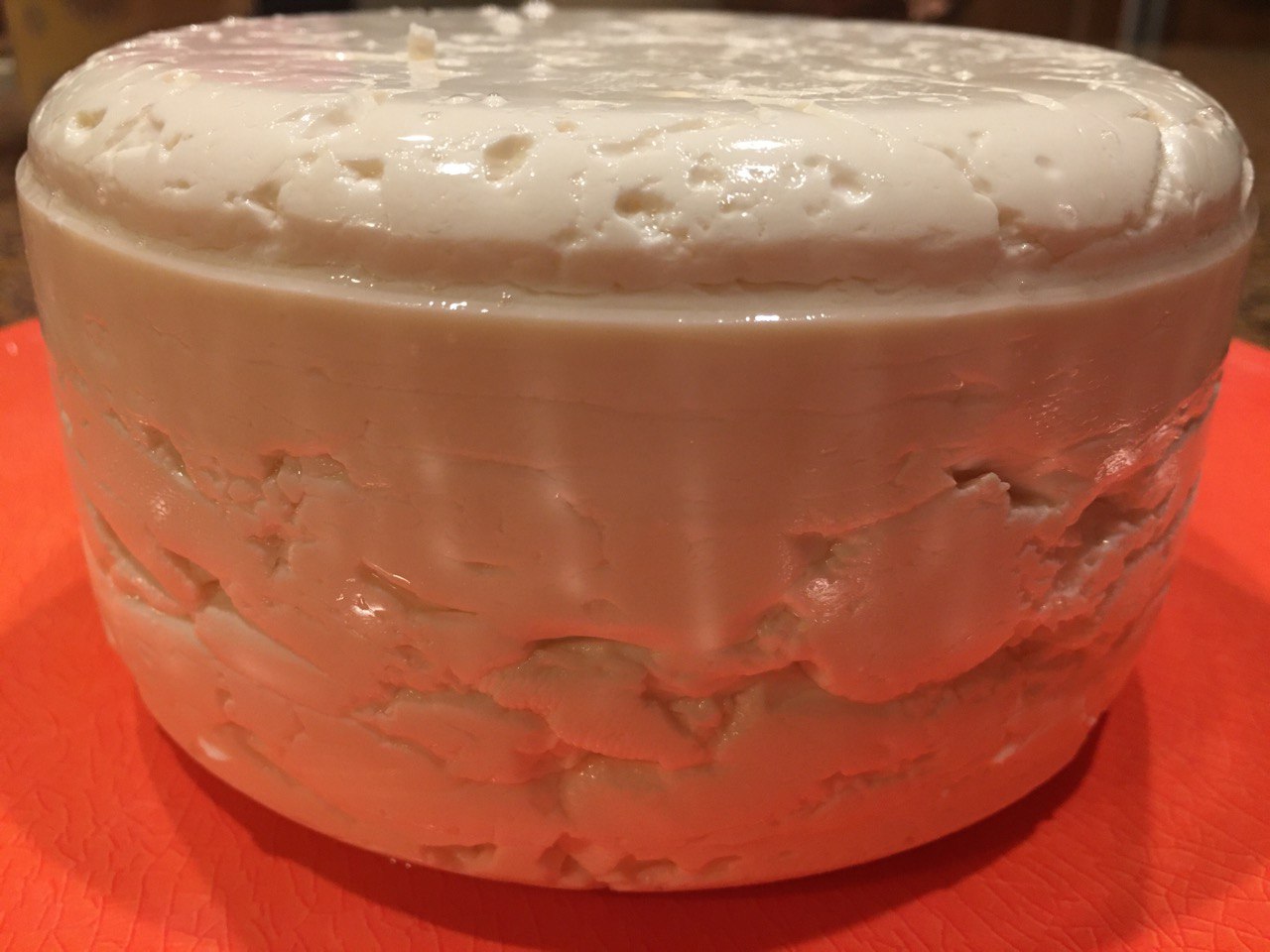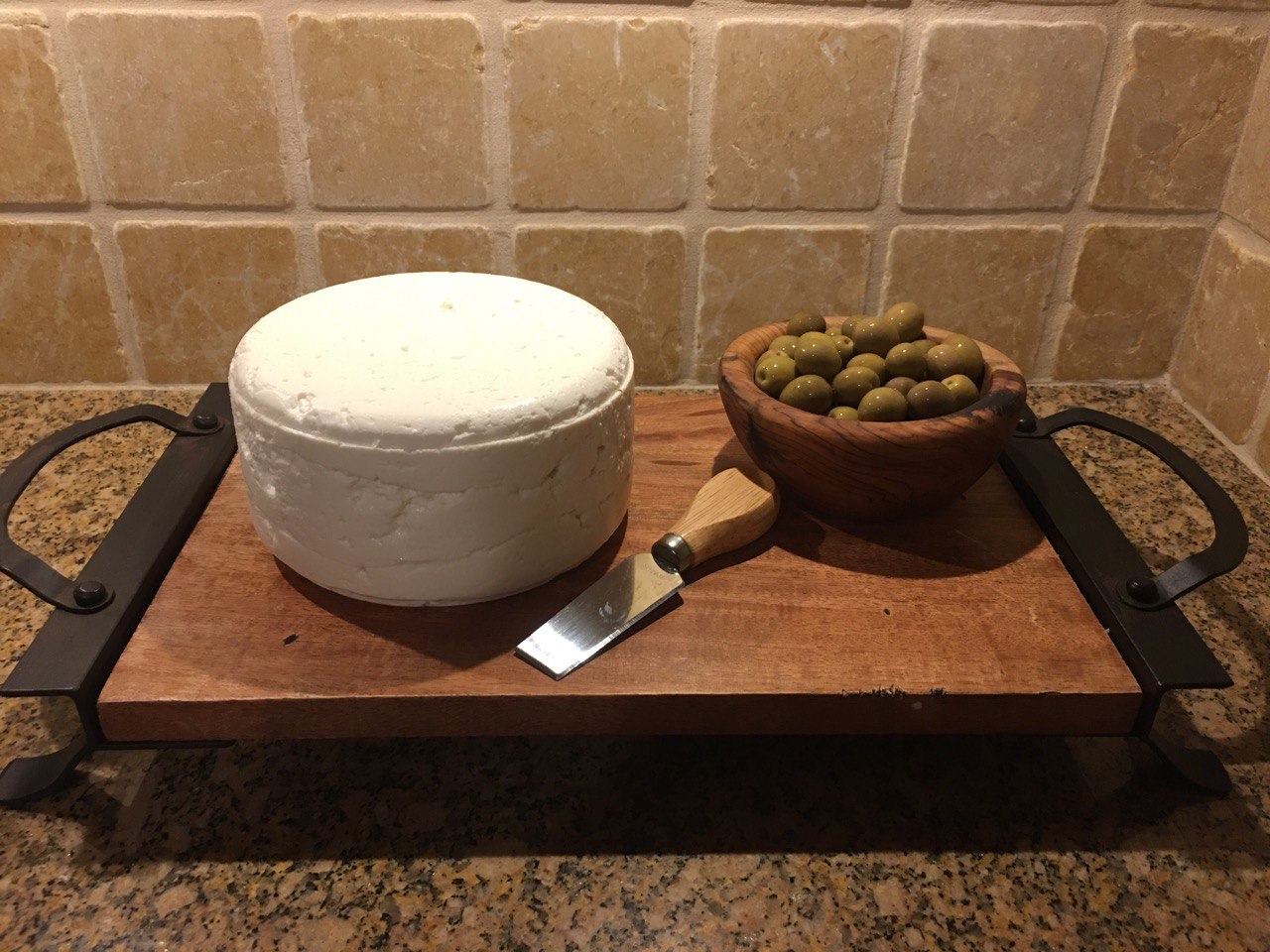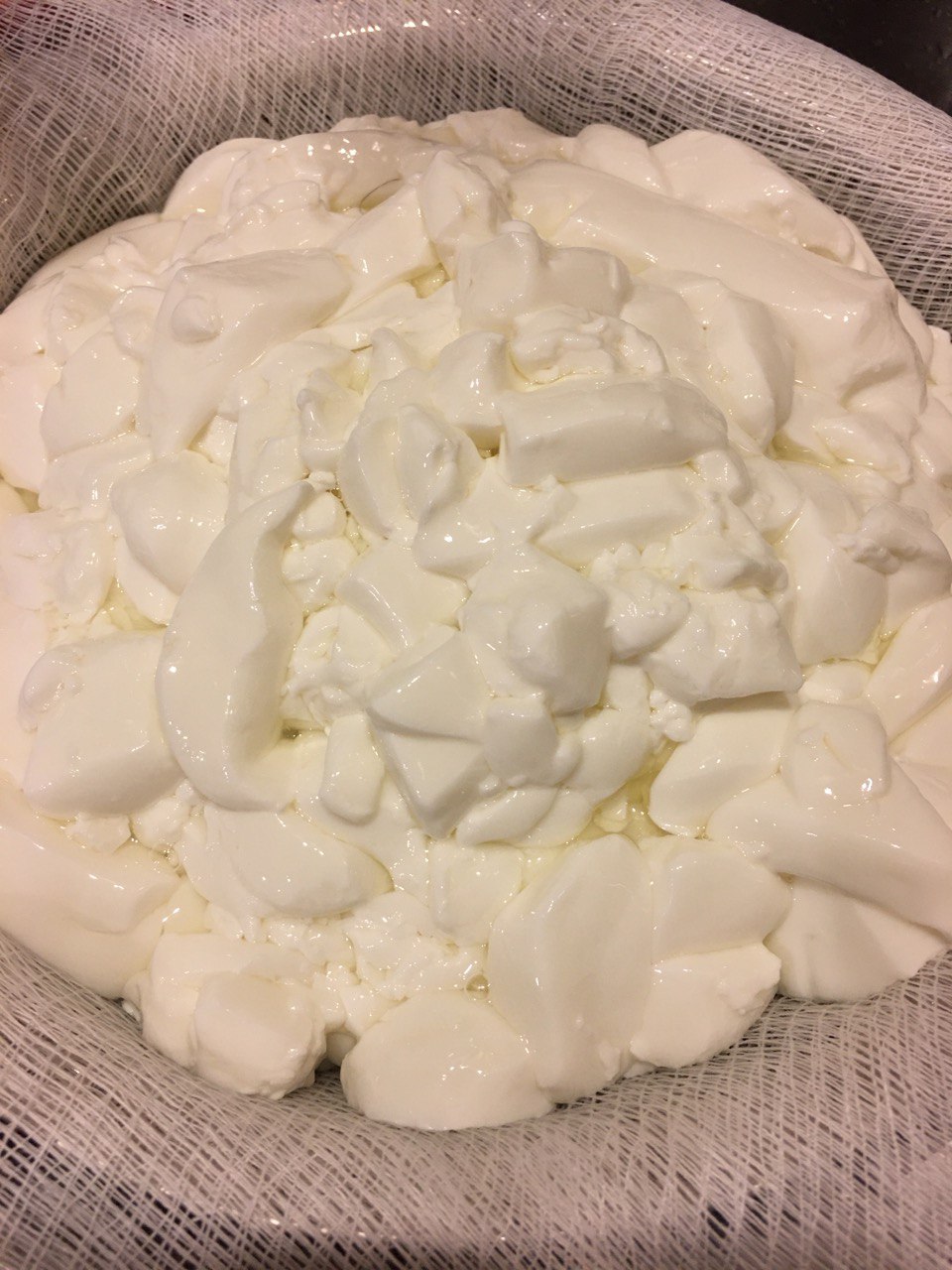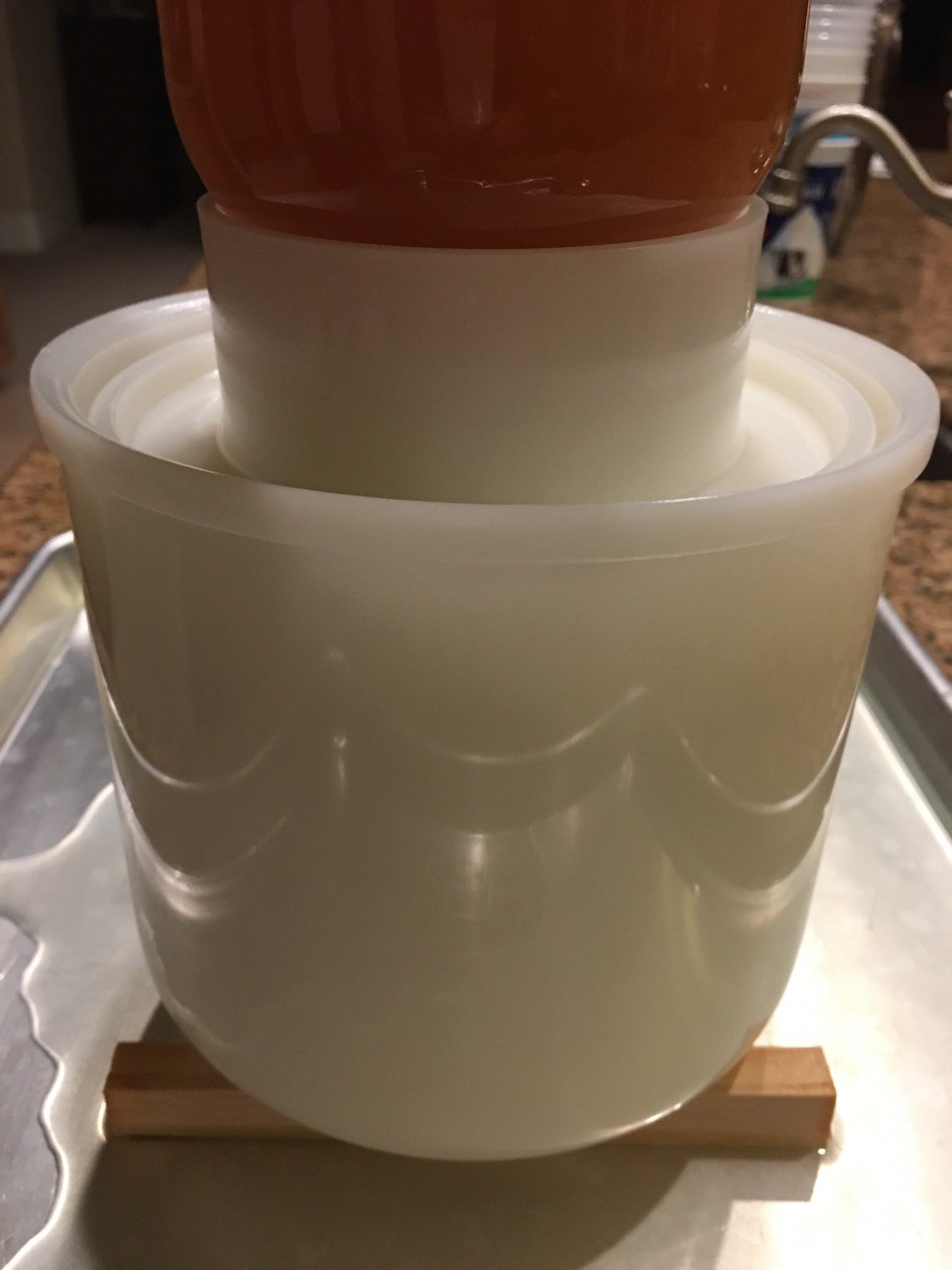Homemade Feta Cheese
Feta cheese is a brined, crumbly cheese that originated in Greece and is traditionally made from sheep's milk or a mixture of sheep's and goat's milk.It's known for its tangy, salty flavor and crumbly texture.
Feta is commonly used in Mediterranean and Middle Eastern dishes, such as Greek salads, spanakopita (spinach pie), and as a topping for roasted vegetables, pasta, or pizza.
We made our first homemade Feta cheese on December 9th, 2023. It came out pretty well and since then one less item to buy from Costco.

We use 2% cow milk, but of course using the raw milk makes a big difference regarding the taste and the texture.
To make the cheese we use Mesophilic Culture and Rennet:
Mesophilic Culture: Cheese cultures are a group of specific bacteria strains that are combined in order to make a particular type of cheese. They are also used to help good bacteria in the milk flourish and lead to a richer and more developed flavor. Mesophilic culture is best suited to work in moderate or medium temperatures up to 90F. It is ideal for making a variety of hard cheeses such as feta cheese.
Rennet is a complex set of enzymes used in cheese making to coagulate milk, turning it from liquid to solid. It plays a key role in the process of curdling, which is essential for producing cheese. Rennet typically contains enzymes like chymosin (also called rennin), which break down casein, a protein found in milk. When rennet is added to milk, it causes the casein to clump together, forming curds (solid) while separating the whey (liquid).
Through the process the curd should be established. With a sharp knife we cut curds in 1/2 inch size in different directions. With a stainer we take out the curds into a cheese cloth and let it drain (whey) for few hours. The next step is adding the curds into the cheese mold and put the it under pressure till all the whey to be drained.
Put the cheese in refrigrator for 2 weeks and let it age.
And this will be the end product:

Curd

Whey

Cheese Mold
